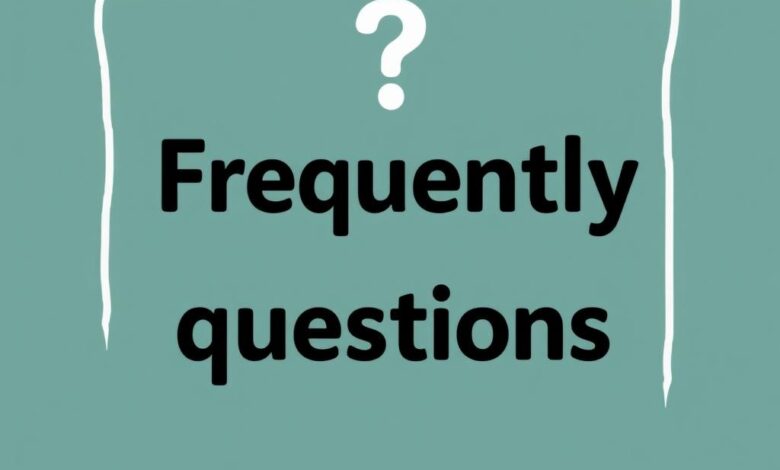How to Read Cryptocurrency Charts – Beginner’s Guide

To enhance your trading skills, familiarize yourself with the basics of price movement visualization. Begin by examining candlestick patterns; these graphical representations provide insights into market behavior over specified timeframes. Each candle reflects the open, high, low, and close prices, allowing for a quick assessment of buyer and seller sentiment.
Support and resistance levels are critical indicators that help identify potential entry and exit points. A support level signifies a price point where buying interest tends to outweigh selling pressure, while resistance indicates a ceiling where sellers often emerge. Marking these levels on your visual aids will aid in predicting future price movements.
Incorporate various indicators such as moving averages and Relative Strength Index (RSI) to bolster your analysis. Moving averages smooth out price fluctuations, offering a clearer trend direction, while RSI gauges whether an asset is overbought or oversold. Utilizing these tools in conjunction can lead to more informed trading decisions.
Lastly, practice regularly by analyzing historical data. The ability to interpret past trends will sharpen your instincts for recognizing patterns that may repeat in the current market. Stay disciplined and maintain a structured approach; success in trading comes from continuous learning and adaptation.
Understanding Chart Types
For effective analysis, become familiar with various types of graphical representations. Each format offers distinct insights that can enhance trading strategies.
Line Charts are the simplest form, showcasing price movements over time with a continuous line. They provide a clear view of overall trends but lack details on price volatility within a specific timeframe.
Candlestick Charts are more informative, displaying open, high, low, and close prices for designated periods. Each candlestick reveals market sentiment; for instance, green candles indicate bullish behavior while red signifies bearish trends. Analyzing patterns such as dojis or hammers can signal potential reversals.
Bar Charts, similar to candlesticks, also represent price data over time but use vertical lines to denote highs and lows. The horizontal ticks indicate opening and closing prices, offering traders an alternative perspective on market activity.
Heikin-Ashi Charts modify traditional candlestick techniques to smooth out price fluctuations. This type helps in identifying trends by filtering out noise, making it easier to spot entry and exit points.
Renko Charts focus solely on price movement rather than time, utilizing bricks to illustrate upward or downward momentum. This method is beneficial for recognizing major trends without the distraction of minor fluctuations.
Selecting the right chart type depends on your trading style and objectives. Experiment with different formats to determine which resonates most effectively with your analysis approach.
Interpreting Candlestick Patterns
Focus on recognizing key candlestick formations to enhance your market analysis. The most significant patterns include Doji, Hammer, and Engulfing formations. A Doji indicates indecision in price movement; when it appears after a strong trend, it may signal a potential reversal. Analyze the length of the shadows for confirmation.
The Hammer pattern, characterized by a small body at the top with a long lower shadow, suggests buying pressure following a downtrend. Traders should wait for the next candle to confirm this shift before entering positions.
Engulfing patterns are essential for identifying bullish or bearish reversals. A Bullish Engulfing occurs when a larger green candle completely engulfs the prior red candle, signaling strong buying interest. Conversely, a Bearish Engulfing indicates selling pressure as a larger red candle engulfs the preceding green one.
Utilize these patterns alongside other indicators such as volume and support/resistance levels to validate your trading decisions. Pay attention to market context–patterns hold different significance depending on their location within existing trends.
Keep an eye on timeframes; patterns may vary in reliability across short-term versus long-term perspectives. Engage with multiple timeframes to gain deeper insights into price behavior.
Identifying Support and Resistance
To effectively analyze price movements, focus on identifying key support and resistance levels. These are crucial for making informed trading decisions.
- Support Levels: These are price points where an asset tends to stop falling and may bounce back up. Look for historical data where the price has previously reversed upwards.
- Resistance Levels: Conversely, these are points where the price struggles to move higher. They often reflect selling pressure. Analyze past peaks to locate these areas.
Use the following methods to identify these critical thresholds:
- Trend Lines: Draw lines connecting previous lows for support and highs for resistance. This visual tool aids in spotting potential reversal zones.
- Moving Averages: Employ moving averages as dynamic support or resistance. For instance, a 50-day moving average can act as a trend indicator, revealing potential turning points.
- Pivots: Calculate pivot points based on previous price action. These indicators can highlight significant levels of interest for traders.
When analyzing charts, pay attention to the volume at these levels. High trading volume near support or resistance can confirm their strength.
- Breach Confirmation: If a price breaks through resistance with substantial volume, it could indicate a continuation of the upward trend. Conversely, if it falls below support, anticipate further declines.
By consistently applying these techniques in your analysis, you will enhance your trading strategy and better predict future price movements.
Using Technical Indicators
Incorporate moving averages to identify trends in price behavior. A simple moving average (SMA) smooths out fluctuations, allowing you to spot the direction of momentum over a specified period, such as 50 or 200 days.
Utilize the Relative Strength Index (RSI) for momentum analysis. This oscillator ranges from 0 to 100 and helps determine if an asset is overbought (above 70) or oversold (below 30). A high RSI may indicate a forthcoming price correction.
Apply Bollinger Bands to assess volatility. The bands expand and contract based on market conditions. Prices touching the upper band suggest potential resistance, while movements toward the lower band may signal support.
Explore MACD (Moving Average Convergence Divergence) for trend confirmation. When the MACD line crosses above the signal line, it suggests bullish momentum; conversely, a cross below indicates bearish sentiment.
Consider volume indicators as they reveal the strength behind price movements. An increase in trading volume during a price rise supports trend validity; low volume might suggest a lack of conviction among traders.
Finally, familiarize yourself with Fibonacci retracement levels. These horizontal lines indicate potential reversal points based on key ratios derived from the Fibonacci sequence, providing insights into possible entry and exit zones.
Analyzing Volume Trends
Monitor volume as a key indicator of price movement. High trading volume often signifies strong interest in an asset, suggesting that the current price trend may continue. Conversely, low volume can indicate weak support for a price move, which might lead to reversals.
Observe volume spikes during significant price changes; these can confirm the strength of a breakout or breakdown. For instance, if the price surges with high volume, it signals strong buying pressure. If prices fall with increased volume, this indicates heightened selling activity.
Use moving averages on volume data to smooth out fluctuations and identify trends more clearly. A rising average suggests increasing interest and potential momentum in the market, while a falling average may indicate diminishing enthusiasm among traders.
Pay attention to volume divergence when analyzing price action. If prices reach new highs but volume declines, it could suggest weakening momentum, signaling caution for potential reversals. Similarly, if prices drop while volume increases, it may point to panic selling.
Integrate volume analysis with other tools like candlestick patterns and technical indicators for enhanced insights into market sentiment. The combination of these elements provides a more comprehensive view of trading dynamics and helps inform strategic decisions.






